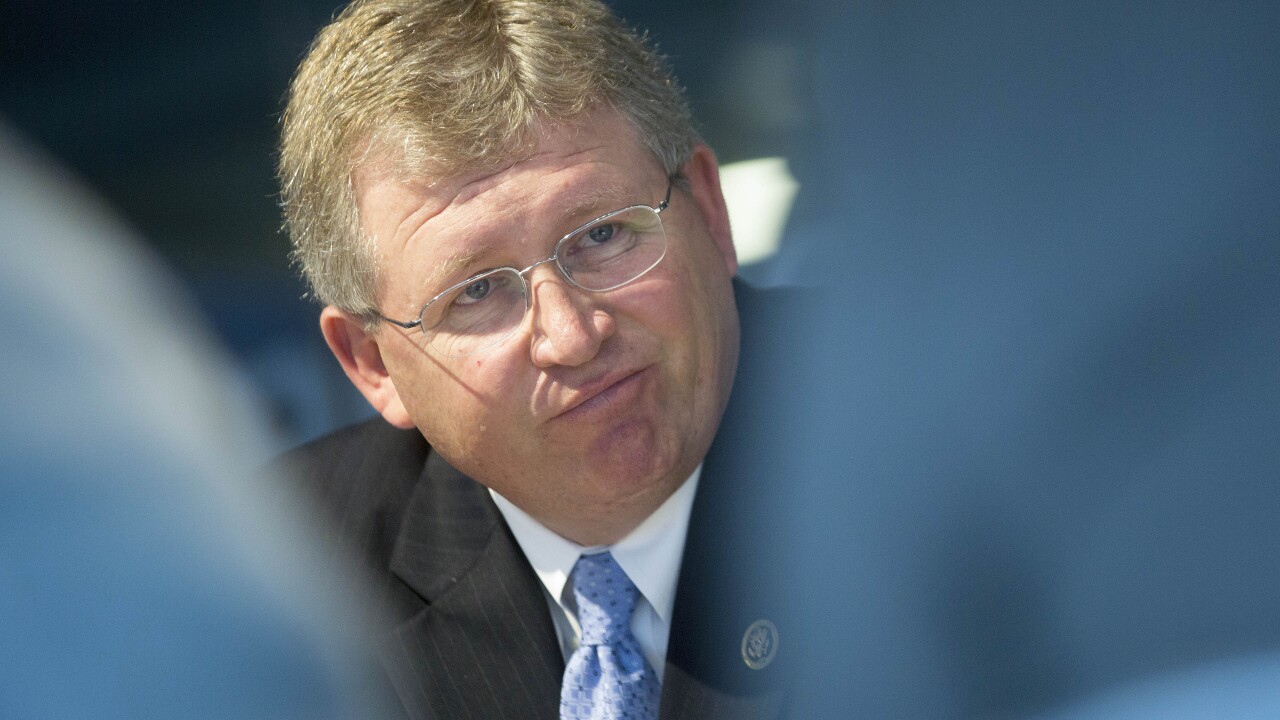Get ready for mutual fund companies to hit the public markets.
Facing growing capital needs, at least two or three mutual fund firms are gearing up to make initial public offerings by yearend, and more are likely to follow, investment bankers said. Companies with assets between $15 billion and $50 billion are seen as prime candidates.
The development is striking because there are now fewer than 20 pure play's in investment management. The fund industry is dominated by private firms such as Fidelity Investments and Capital Research and Management. And of those that are public, many are closely held by management or corporate parents. Among them: Eaton Vance and PIMCO Advisors.
"The money management business traditionally has not been very capital- intensive, which is why these companies have stayed away from IPOs," said Richard Strauss, an analyst at Goldman, Sachs & Co. "But that's changing."
Indeed, the last time a mutual fund company issued equity ownership to the public was March 1992, when John Nuveen & Co. issued shares for 26% of the company, according to Geoffrey H. Bobroff, a mutual fund consultant in East Greenwich, R.I.
Names of the companies that are preparing IPOs couldn't be learned. Of the roughly 400 U.S. mutual fund companies, 27 fall into the $15 billion to $50 billion asset range, according to the Investment Company Institute.
The industry's appetite for capital is growing because mutual fund companies need capital to invest in technology, expand into new markets, and add new sales channels and products, experts said.
For instance, Mr. Strauss said, fund companies want to pursue the 401(k) retirement business, which throws off a steady cash flow. But fund companies that jump into 401(k)s have to track investments for hordes of retirement plan participants and provide them with regular statements, account access, and other services. That means hefty investments in technology.
A fund company can expect to pay between $30 million and $60 million a year to maintain and upgrade the systems a 401(k) operation requires, one industry investment banker said.
And the high cost of doing business does not stop there, this source said. Anyone with an eye overseas should expect to buy costly multicurrency systems.
The cash brought in by a public offering can help fund operations and expansions, while leaving the company's executives in control of their destiny.
T. Rowe Price, a Baltimore fund company that went public in 1986, might not have been able to grow rapidly otherwise, said Alvin Younger, chief financial officer.
Going public "was so critical for what we did over the last decade, to give us the power to play in this arena," Mr. Younger said. "If we hadn't done it, we would still be a small, narrowly focused boutique, and it wouldn't be on our agenda to go public." Price, the 13th-largest fund company, manages $117 billion.
A crucial factor in Price's growth was its ability to use its stock as currency to pay-and retain-employees, Mr. Younger said.
"I don't know if we would have been able to keep this higher-quality staff if we didn't go public," he said. Compensating employees with the firm's stock has been important to "keep the talent pool out here in what some people might call the hinterland," he said.
Yet private auctions for these firms have overtaken public sales as the chosen method of capital-raising in the last five years.
Though the IPO was key to Price's corporate strategy, other companies interested in expanding have chosen to merge with other firms to immediately bring in new products and move into new markets.
That was the motivation behind Aim Capital Management's decision to merge with British firm Invesco last year, said Bob Graham, president and chief executive.
"If we had gone public, we would have been the same size and had the same assets, and we wouldn't have increased our assets the way the merger did," Mr. Graham said. In addition to assets, Aim was able to instantly move into European markets and the institutional investment business where Invesco was already a large presence.
To be sure, merging with another company often means giving up some control, industry observers say. Going public can provide more autonomy. A public company is beholden to shareholders and must file copious disclosures, but executives are still largely in control of their destiny, said Bradford I. Hearsh, managing director at PaineWebber Inc.
"If they don't want to be owned by another organization, going public prevents that," Mr. Hearsh said. "They still have public shareholders, but it's not the same as being bought."
In fact, going public can give a firm the capital to make its own acquisitions and take it out of the sights of other acquisitive firms, said Milton Berlinski, a partner at Goldman, Sachs & Co.
And to compete with the large international fund players like Fidelity and Merrill Lynch, a firm would have to either team up with a global company or buy its way into foreign markets, said mutual fund consultant Burton Greenwald. Paying for expansion with stock is easier than a cash- only transaction, he said.
In addition to fund companies looking to raise capital, some observers expect to see insurance companies turn to the public markets to tap into the high value the market places on the investment management divisions some insurers own.
For example, an insurance company's selling 20% of its mutual fund division to the public would "allow the company to create value where value might not otherwise be," Mr. Bobroff said.
This would have an immediate and positive effect on the insurance company's balance sheet, Mr. Greenwald said.





